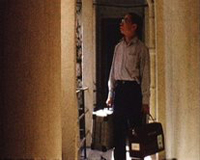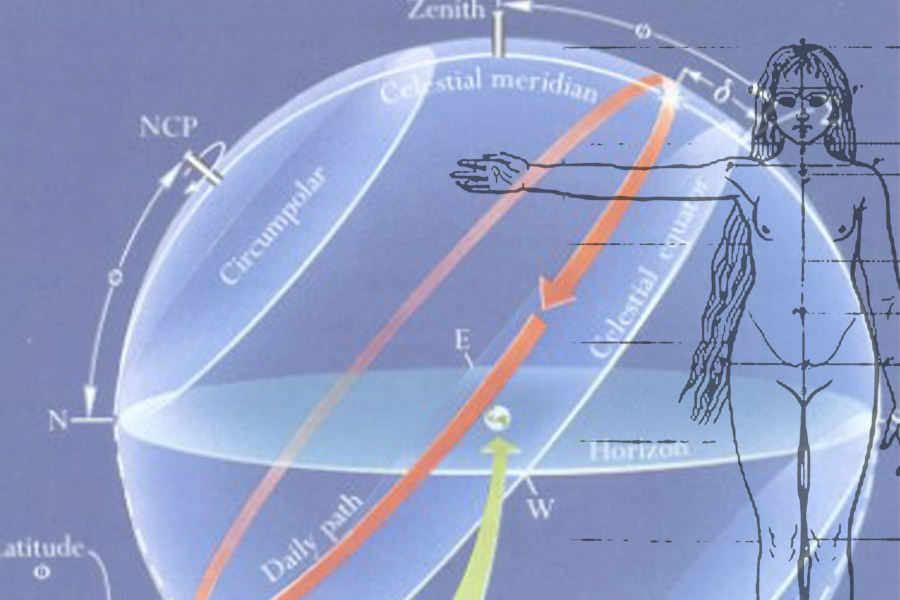
Destination Finale
Philip Widmann - 2008, 9:15, 8mm, Germany
A man travels Europe. Shortly thereafter, American troops enter the ground war in Vietnam.
Philip Widmann was born in Berlin and nowadays frequently shuttles between Hamburg and Berlin. He graduated in Cultural Anthropology and Visual Communications and works on and for miscellaneous film, video and theater projects. Together with Karsten Krause he founded the audiovisual production cooperative Works Cited in 2008. Filmography Destination Finale (2008), La lenteur des immeubles (2007), Ex Patria (2006).
Questions with Philip Widmann by Liz Wing
Liz Wing: I understand that the footage used in the film was found by you in Saigon 40 years after it was shot. Can you tell us the story of how it came to be in your hands?
Philip Widmann: Finding the footage was a by-product of a ciné-roman-never-finished by Nguyen Phuong-Dan for which I was supposed to record sound. Which I did, besides some random filming on Super8 for my own archive. In the end, after having traveled from Hanoi to Saigon constantly recording images and sound, we knew that the film would not turn out what we wanted it to be. Instead of being frustrated, I went around Saigon for a couple of days showing people a small strip of Super8. The footage used for Destination Finale was bought in a curio shop. As far as I remember these were the only film reels the owner had. I bought them blind - the only thing I could see when unreeling the first meter and holding it against the sun was the Eiffel Tower which seemed interesting enough to me. Some of the photos taken for the initial ciné-roman project will be released as a small book this year.
LW: The sound in the film is sensitively constructed. What was the process of making it like?
PW: While editing the film, I wanted to go the very classic way of first editing the image and then editing the sound. This is something I had missed during my earlier work on video where image and sound are always synced from the beginning.
The sound for Destination Finale also comes from found sources: sound-library-LPs from around the same time that the footage was shot in. It is on one hand a sort of rapprochemement towards an amateur-ish mode of operation (the library LPs were advertised as a perfect tool to improve your home movies or slide shows with realistic sound effects). On the other hand, being more or less naturalistic and partly mirroring what can be seen in the image, the sound repeats something that the image does: It is a form of pointing at something, saying "this was there, and that was there, and I was here, and I was there". Still, it is somehow off, asynchronous, and full of gaps. It is imprecise but not inaccurate if you put it in context with what can be seen.
LW: The film works a time capsule of a private life and as a quiet political statement. Are there any words of guidance or suggestion that you'd like to share with the viewer?
PW: No words of guidance here, and I don't see the film as a political statement. The title cards in the end serve more as a sort of general historical reference, in fact the only point of reference I could work with while I concerned myself with the footage. The film is certainly a document of the ensnarement of the private and the political. And for that matter, it seems to be some sort of prologue to the mass exodus of Vietnamese boat people some ten years after the footage was shot: A touristic pre-inspection of possible places of arrival for refugees.
